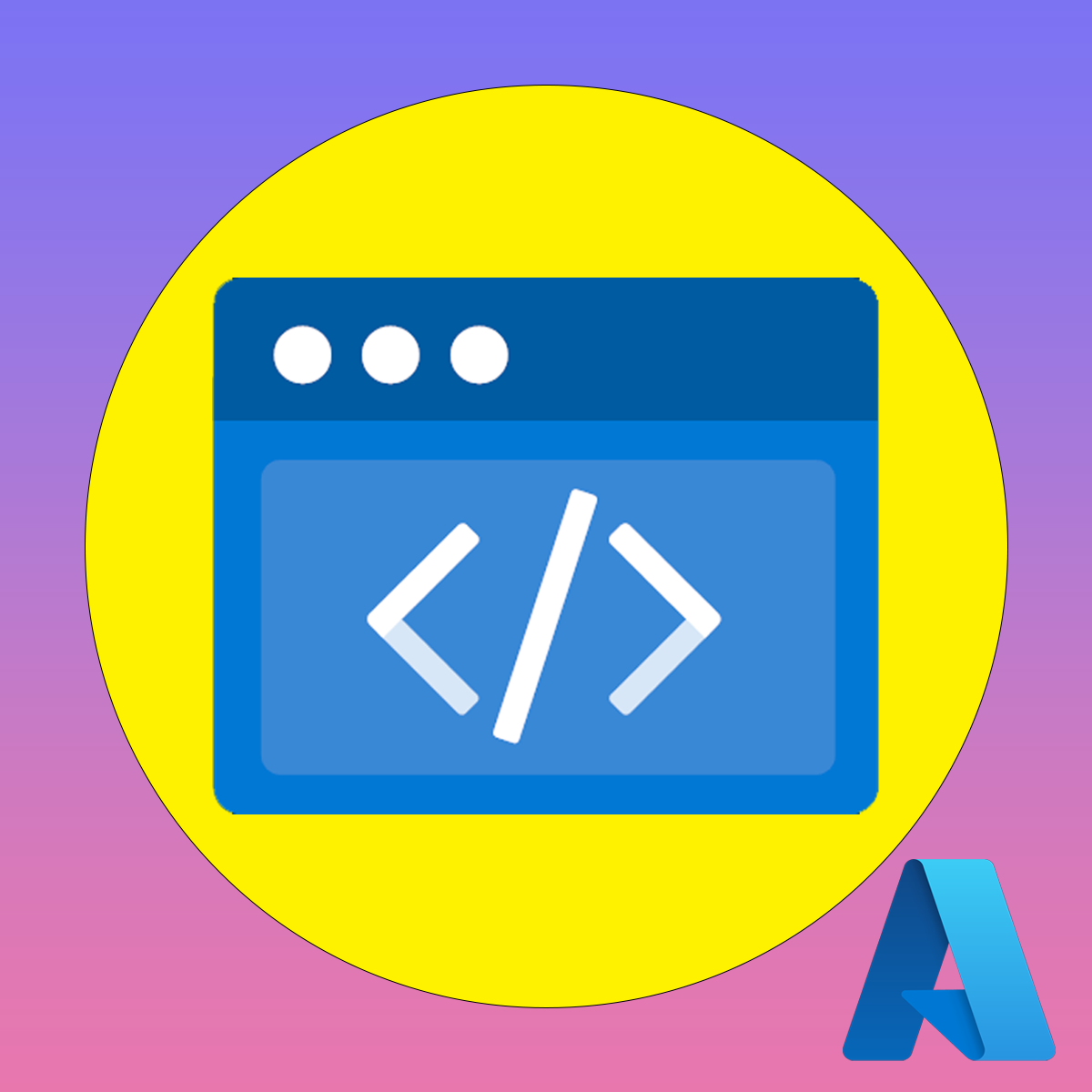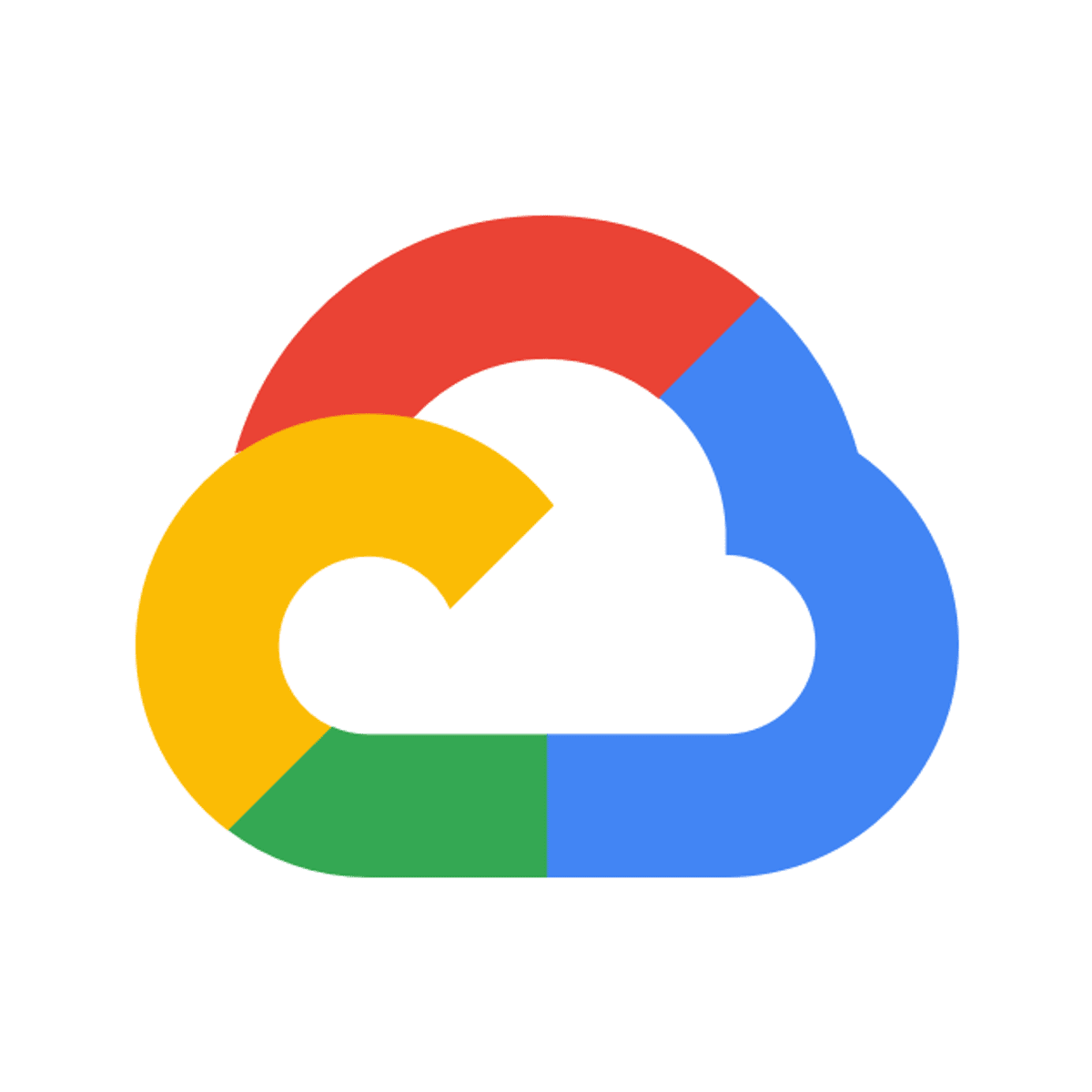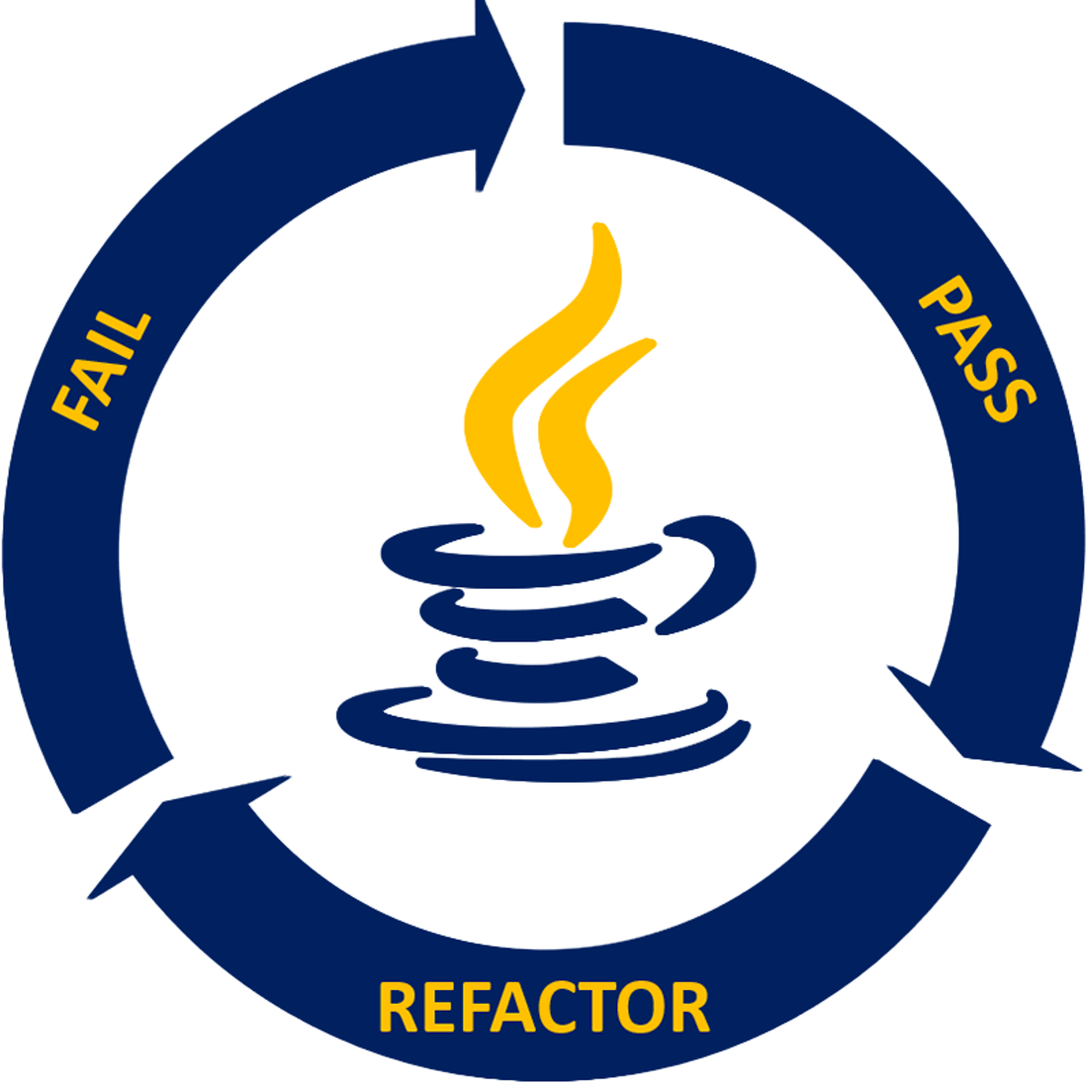Back to Courses









Information Technology Courses - Page 17
Showing results 161-170 of 1471

FinTech Law and Policy
Being a successful FinTech firm requires more than just great technology; it also requires an understanding of the laws and regulations applicable to your business. This course will provide you with that understanding. You will learn about the critical legal, regulatory, and policy issues associated with cryptocurrencies, initial coin offerings, online lending, new payments and wealth management technologies, and financial account aggregators. In addition, you will learn how regulatory agencies in the U.S. are continually adjusting to the emergence of new financial technologies and how one specific agency has proposed a path for FinTech firms to become regulated banks. You will also learn the basics of how banks are regulated in the U.S.
If you are unfamiliar with how these new financial technologies work, fear not. We will begin each new course section with a high-level overview of the underlying technology. While the course is principally focused on the U.S. FinTech industry, we cannot possibly cover every relevant legal and regulatory issue. Therefore, this course should not be construed as legal advice. Rather, the goal of the course is to familiarize you with the key legal and regulatory challenges FinTech firms in various sectors face, as well as the critical policy debates that are occurring in Washington D.C. and state capitals across the country.

Develop a Serverless Computing App with Azure Static Web App
Serverless computing enables developers to build applications faster by eliminating the need for them to manage infrastructure. With serverless applications, the cloud service provider automatically provisions, scales, and manages the infrastructure required to run the code.
In this project, you will learn how to use Azure Serverless Computing services like Azure Static Web App, Azure Storage Account Table, Azure Functions, and others to develop a complete web application.
Once you’re done with this project, you will be able to deploy a full-stack web application in Azure in just a few steps.

Deploy Microsoft SQL Server to Compute Engine
This is a self-paced lab that takes place in the Google Cloud console.
In this lab you will learn how to create a virtual machine with Microsoft SQL Server installed. You’ll also create a Windows user and password and learn how to connect to the Windows Server via remote desktop.

Build and Execute MySQL, PostgreSQL, and SQLServer to Data Catalog Connectors
This is a self-paced lab that takes place in the Google Cloud console. In this lab you will explore existing datasets with Data Catalog and mine the table and column metadata for insights.

Securing Cisco Switches with Port Security
Welcome to the CCNA 1.5: Securing Cisco Switches with Port Security. This project is the fifth in the CCNA learning series that is designed to help you acquire the hands-on skills required to pass the CCNA certification exam.
In this 2-hour guided project, you will secure Cisco Local Area Networks by disabling unused switch ports, implementing different port security modes, and verifying port security settings on Cisco switches.

Importing Data to a Firestore Database
In this lab you will upload existing data (a CSV file) to a Firestore serverless database in the cloud.

Data Loss Prevention: Qwik Start - Command Line
This is a self-paced lab that takes place in the Google Cloud console. In this lab you will set up the Data Loss Prevention API and and use the API to inspect a string of data for sensitive information.

Migrate for Compute Engine
This is a self-paced lab that takes place in the Google Cloud console. Use Migrate for Compute Engine to migrate an EC2 instance from AWS to Compute Engine on Google Cloud and verify the migration

Overview of JUnit Testing
This course is a basic introduction to JUnit, covering the essential techniques for testing java code.

Cloud Computing
Learn about the different tools and systems involved in cloud computing and dev ops. Explore popular cloud solutions and the benefits to cloud computing along with the core cloud architecture concepts and approaches.
You’ll also learn about the pipelines, integration techniques and workflows involved in dev ops. You’ll understand the methods and tools involved in delivery and deployment. Plus, you’ll learn about the core concepts that underpin the use of containers such as Docker and Kubernetes and how they are used. Finally, discover how all the different dev ops principles come together to form the practice of site reliability engineering.
Popular Internships and Jobs by Categories
Find Jobs & Internships
Browse
© 2024 BoostGrad | All rights reserved